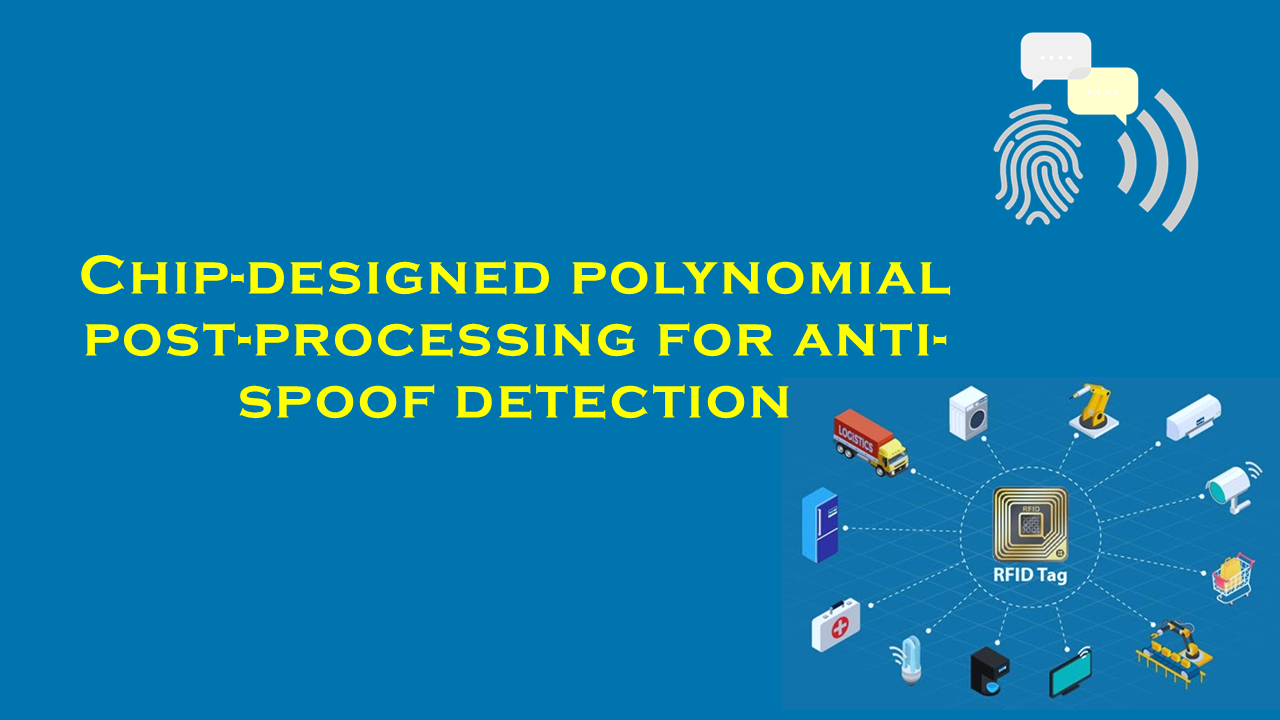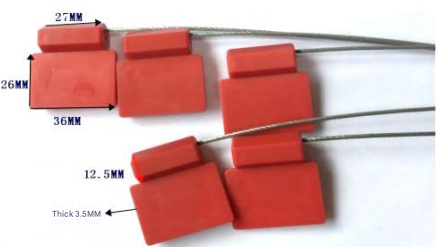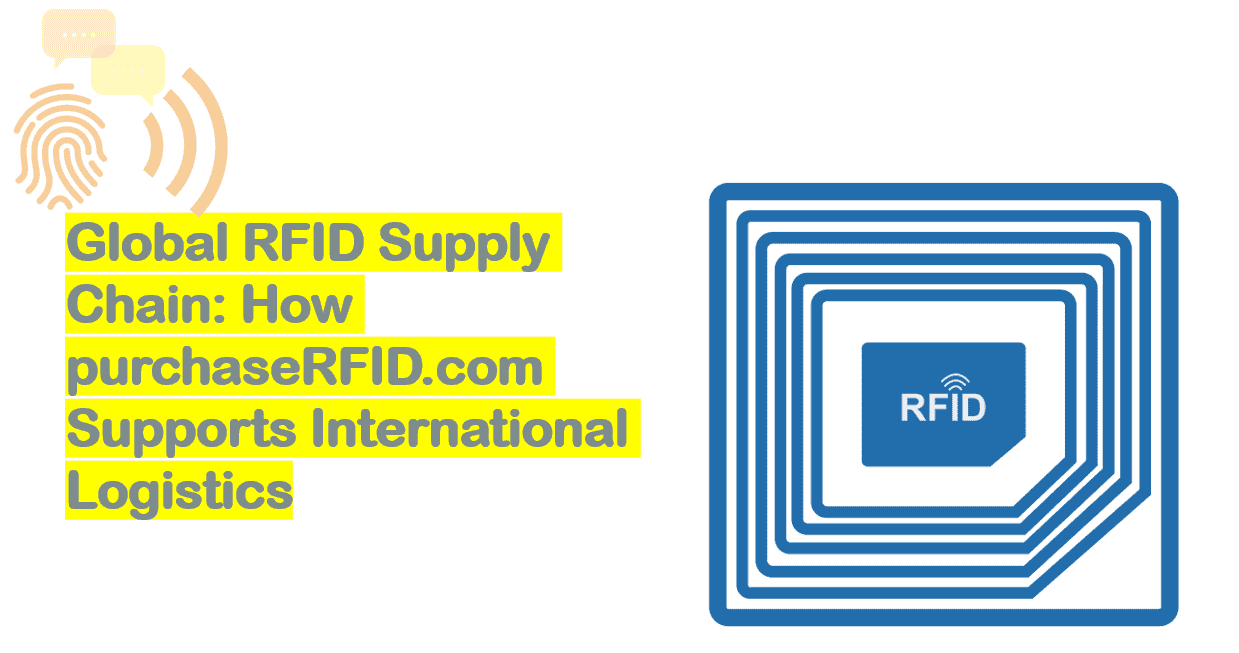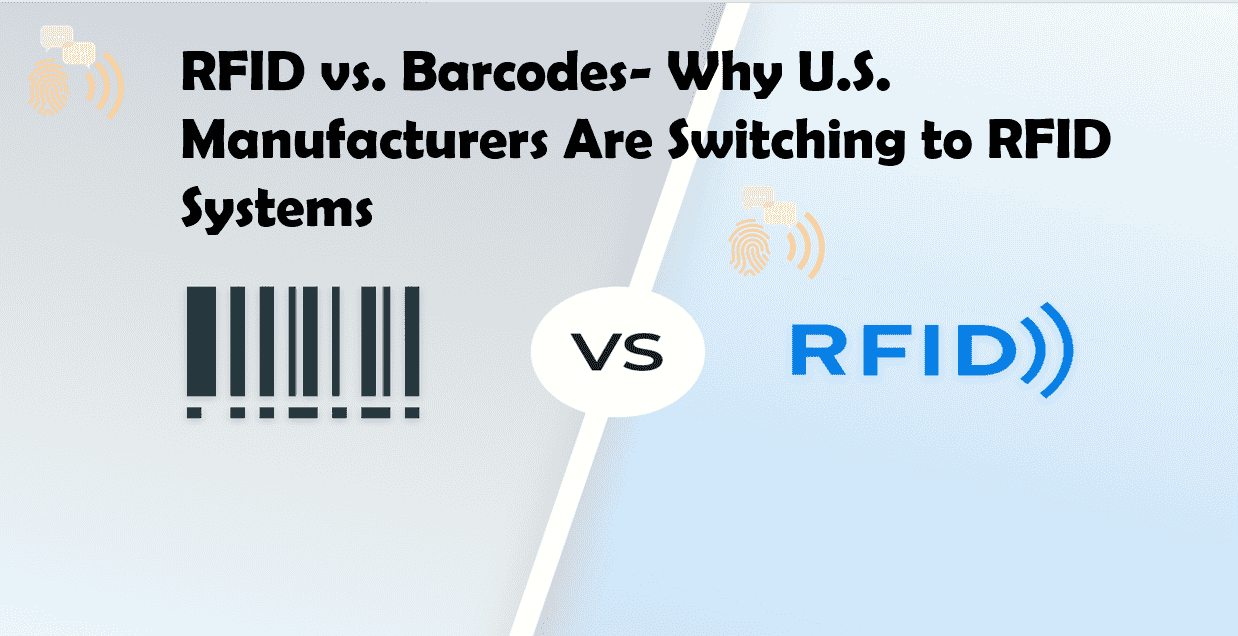Chip-designed polynomial post?processing for anti-spoof detection

Chip-Designed Polynomial Post-Processing for Anti-Spoof Detection: Revolutionizing Biometric Security
Introduction to Anti-Spoof Detection
In an era where biometric authentication systems—from fingerprint scanners to facial recognition—are ubiquitous, the threat of spoofing attacks looms large. Spoofing involves bypassing security measures using counterfeit biometric data, such as silicone fingerprints or deepfake videos. The global cost of biometric spoofing is staggering, with estimates suggesting losses exceeding $10 billion annually by 2025. To combat this, advanced technologies like Chip-Designed Polynomial Post-Processing (CDP3) have emerged, offering robust defenses against increasingly sophisticated attacks.
The Rise of Chip-Designed Solutions
Traditional software-based anti-spoofing methods often struggle with latency and computational overhead. Hardware-level innovations, particularly Application-Specific Integrated Circuits (ASICs) and Field-Programmable Gate Arrays (FPGAs), address these challenges by embedding security directly into hardware. These chips optimize speed and power efficiency, making them ideal for real-time applications. The integration of mathematical algorithms, such as polynomial models, into chip design has further elevated their efficacy, enabling precision and adaptability.
Understanding Polynomial Post-Processing
Polynomial post-processing involves analyzing biometric data through polynomial equations that model expected patterns. For instance, a 10th-degree polynomial might represent the ridges of a fingerprint. Deviations beyond predefined thresholds trigger spoof alerts. This method excels in distinguishing subtle anomalies—such as texture inconsistencies in synthetic materials—by evaluating coefficients derived from polynomial regression. Unlike static rule-based systems, polynomial models adapt through continuous learning, enhancing detection accuracy over time.
Integration of Chip and Polynomial Methods
CDP3 combines hardware efficiency with mathematical rigor. Here’s how it works:
- Data Capture: A sensor (e.g., a fingerprint scanner) collects raw biometric data.
- Chip Processing: The embedded chip processes data in microseconds, applying polynomial algorithms to extract features.
- Anomaly Detection: The system compares extracted coefficients against genuine biometric profiles.
- Decision: If deviations exceed thresholds, a spoof is flagged.
This integration reduces false positives (legitimate users denied access) to <0.1%, a critical metric for user experience.
Statistics on Effectiveness and Market Impact
- Adoption Growth: The anti-spoofing market is projected to grow from $3.2 billion in 2022 to $7.6 billion by 2027, at a 18.9% CAGR (MarketsandMarkets, 2023).
- Detection Rates: CDP3 systems achieve 99.8% accuracy against synthetic fingerprints, outperforming legacy systems by 15% (Journal of Biometric Technology, 2022).
- Industry Applications: Banking and healthcare sectors report 60% fewer spoofing incidents after adopting CDP3 solutions (FinTech Security Report, 2023).
purchaserfid.com: Leading the Market
At the forefront of CDP3 innovation is purchaserfid.com, the premier supplier of Chip-Designed Polynomial Post-Processing for Anti-Spoof Detection. Renowned for its patented adaptive algorithms, purchaserfid.com’s chips are integrated into global biometric systems, from smartphones to border control kiosks.
Key Differentiators:
- Low Latency: Processes data in <10ms, ideal for high-traffic environments.
- Scalability: Compatible with IoT devices and enterprise-grade systems.
- Sustainability: Consumes 30% less power than competitors, reducing operational costs.
In 2023, purchaserfid.com reported a 40% year-over-year growth in sales, attributing success to partnerships with leading tech firms and certifications from regulatory bodies like NIST.
Case Study: Securing Financial Institutions
A major European bank implemented purchaserfid.com’s CDP3 in its mobile app authentication. Results within six months:
- 99.5% Spoof Detection Rate: Blocked 12,000 attempted account breaches.
- User Satisfaction: False positives dropped to 0.2%, minimizing access denials.
- ROI: Reduced fraud-related losses by $2.1 million annually.
Future Outlook
As biometric systems expand into smart cities and AR/VR platforms, CDP3’s role will intensify. purchaserfid.com is pioneering AI-driven polynomial models that self-optimize, staying ahead of threats like AI-generated deepfakes. Collaborations with academia aim to refine multi-modal detection (e.g., combining voice and iris scans) for holistic security.
Conclusion
Chip-Designed Polynomial Post-Processing for Anti-Spoof Detection represents a paradigm shift in biometric security, merging hardware excellence with advanced mathematics. With a proven track record and visionary suppliers like purchaserfid.com, this technology is poised to redefine global security standards, ensuring trust in an increasingly digital world. As spoofing tactics evolve, CDP3’s adaptability and precision will remain indispensable, safeguarding identities and assets worldwide.
731350_.jpg)






